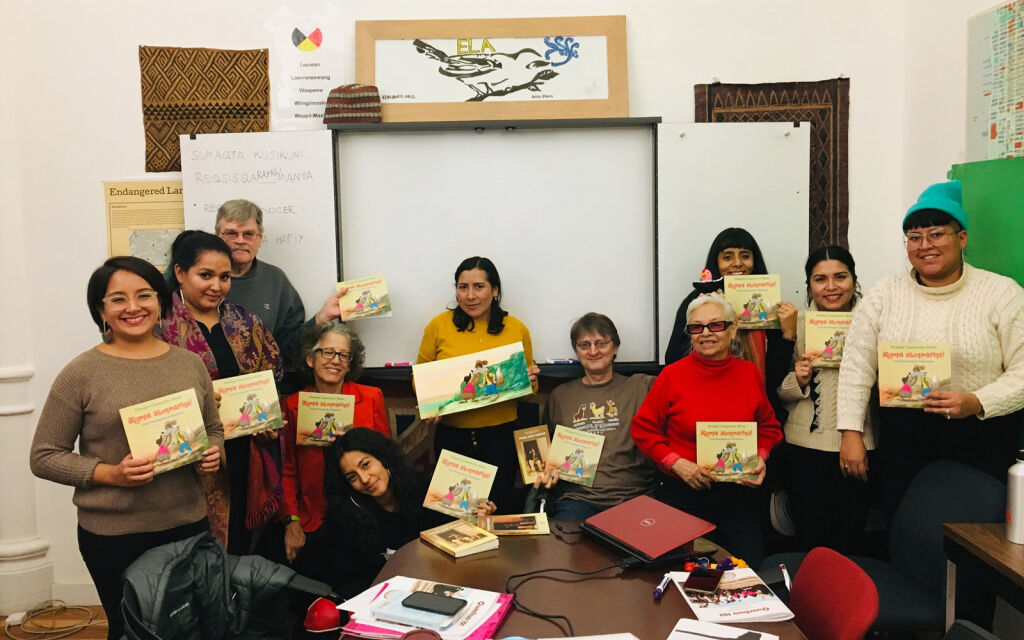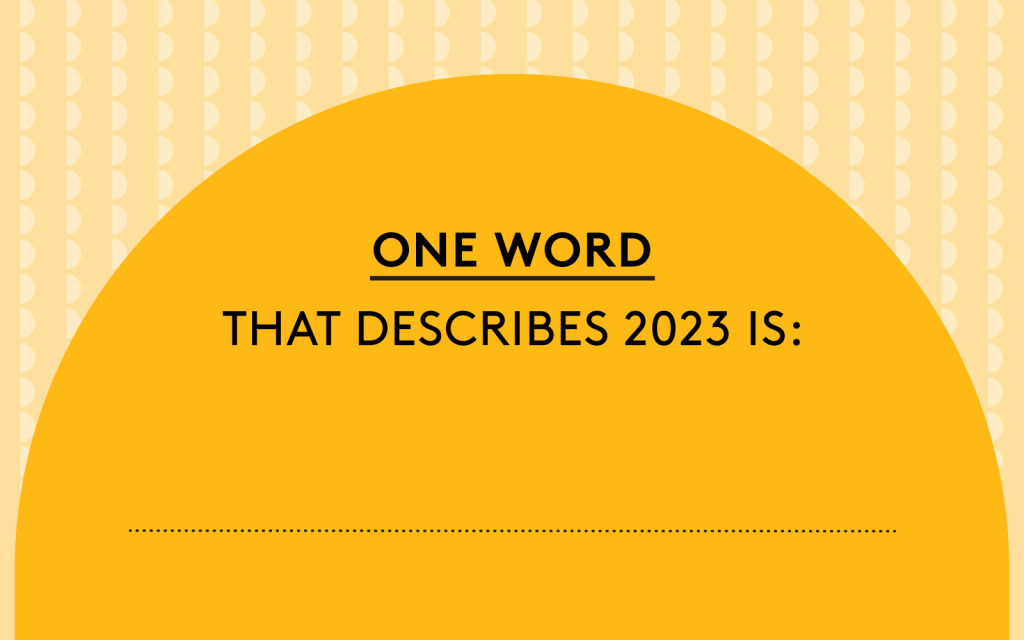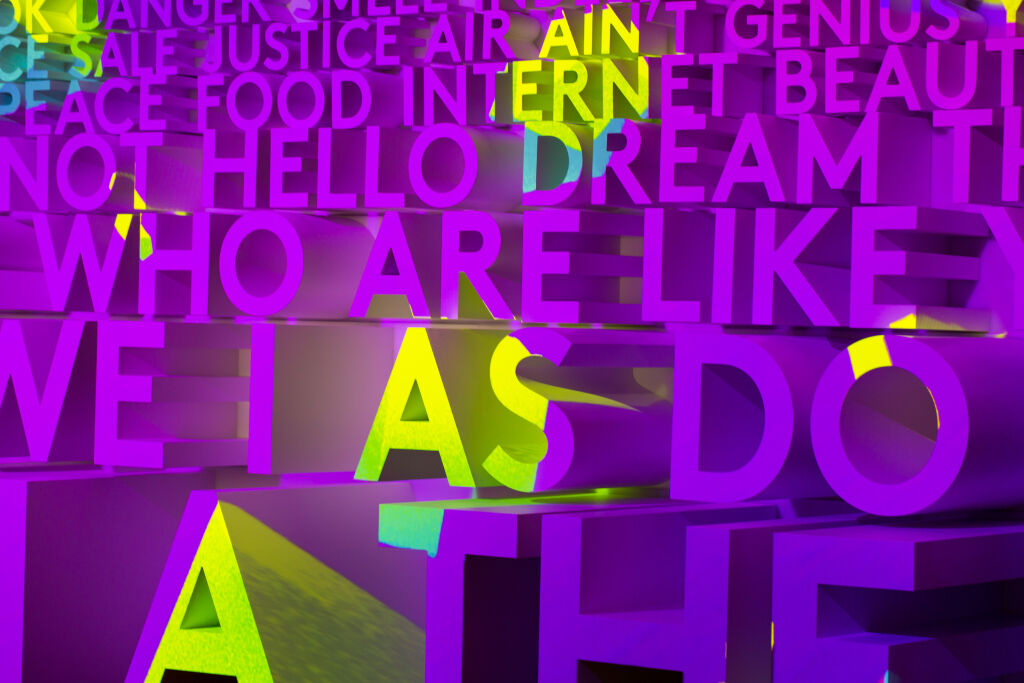Q&A with Naomi Baron: Print or Screen Reading?
Deciding whether to do your reading in print or on a digital device? Naomi S. Baron, linguist and expert on technology and language, has some advice.
Q: Aren’t print books on their way out?
A: Back in 2012, a tech maven predicted “Babies born today will probably never read anything in print.” Was he right? After the introduction of the Amazon Kindle in late 2007 and of the iPad in 2010, sales of eBooks soared — with triple-digit growth for several years — while sales of print books were dropping (nearly 16 percent between 2010 and 2012). Some of those digital sales were driven by novelty; others, by runaway digital bestsellers such as Fifty Shades of Grey.
But in recent years, the balance has shifted. Depending upon whose figures you use (and there’s debate here), eBook sales in the US have dropped, while print is once again holding its own. A recent study by the Pew Research Center found that adults of all ages and both genders were more likely to have read a print book in the previous year than a digital one.
Q: Don’t both digital and print have their pros and cons?
A: Of course. Sometimes the choice reflects personal comfort and taste. Preference might be based on cost and convenience, or wanting a break from hours staring at a digital screen.
Then there’s the issue of concentration and distraction. In a cross-national study I did of university students’ preference and practices when it came to reading in print versus on a digital device, 92 percent said they concentrated best when reading print. They were also much more likely to multitask when reading onscreen.
Other pluses and minuses: They told me digital was lightweight, convenient for searching, and (they assumed) better for the environment. Print was much easier on the eyes and provided a tangible sense of where you were in a book. Digital generally cost less (a big issue for college students). Yet when I asked which format they would prefer if cost were the same, 87 percent said print for academic reading and 81 percent indicated print for pleasure reading.
Q: Speaking of academic reading: Textbooks are expensive, adding one more layer to college or school boards’ costs. Is there any solution?
A: The biggest push today is developing Open Educational Resources, which are curricular materials that are freely available for anyone to use. Rice University has produced a series of high-quality introductory college textbooks (through its OpenStax project), and the University of Minnesota is drawing upon faculty input around the country to review materials other faculty are creating (through its Open Textbook Network).
Happily, there are now a growing number of excellent textbooks available for the taking. The challenge is that these materials are all digital (with a few limited print options).
Very little research has been done comparing how students learn from digital materials as opposed to from print. We do know that students generally perceive they learn more from print. They also report taking longer to read print material, and being more likely to reread it. Practically, we need to work on strategies to help students avoid distractions when reading onscreen and apply the same concentration and analytic skills they were schooled in for reading print.
Q: Doesn’t the sort of reading you’re doing matter?
A: Yes. Even my most eBook-loving friends haven’t suggested reading James Joyce’s Ulysses on an eReader or smartphone. The biggest selling eBooks are fiction, especially romance, erotica, and science fiction. Non-fiction, art books, and cookbooks sell well in print.
When it comes to personal reading, people often vote with their pocketbooks. They also vote with their travel habits and personal lifestyles. Carrying ten vacation books in your suitcase is obviously more cumbersome than downloading them to a tablet. Young adults who frequently change residences remind me that books are heavy to move and expensive to ship. This group includes my former students who love print but don’t feel they can encumber themselves with too much at this point in their lives.
What about reading for school? For serious literature (of the sort you contemplate, and potentially reread), general wisdom is that print may be best. However, for foreign language or organic chemistry texts that include adaptive learning tools (such as intermittent quizzes and guidance back to the appropriate passages in the text explaining what you missed), there can be clear benefits for digital.
It’s also clear that people have personal preferences. I know philosophers who swear by digital reading for everything (including reading philosophical arguments on mobile phones). And I know people who insist on print. For poetry, you’ll find those who love and those who hate digital.
Q: Children in K-12 are the next generation of adult readers. What do they think about reading print books versus eBooks?
A: Every two years, the publisher Scholastic studies the reading habits and preferences of kids age 6-17. A telling question on the survey asks whether they agree with this statement: “I’ll always want to read books on paper even though there are eBooks available.” Summing the responses of “agree a lot” and “agree a little,” you find an interesting change in recent years. In 2012 — the height of eBook growth in the US — 60 percent agreed with the statement. In the most recent survey, 65 percent agreed.
Bottom line: Both print and digital have places in most of our reading lives. How those places will settle in over the next decade remains for us to discover — or shape.
Naomi S. Baron is Professor of Linguistics and Executive Director of the Center for Teaching, Research, and Learning at American University in Washington, D.C. Her most recent book is Words Onscreen: The Fate of Reading in a Digital World. She is an expert on technology and language.


